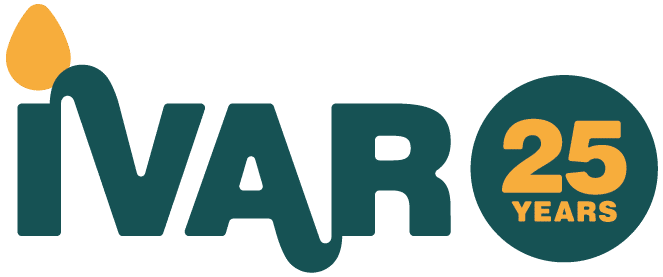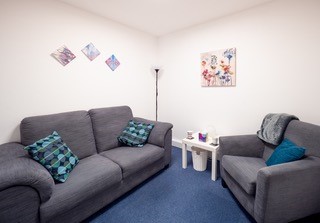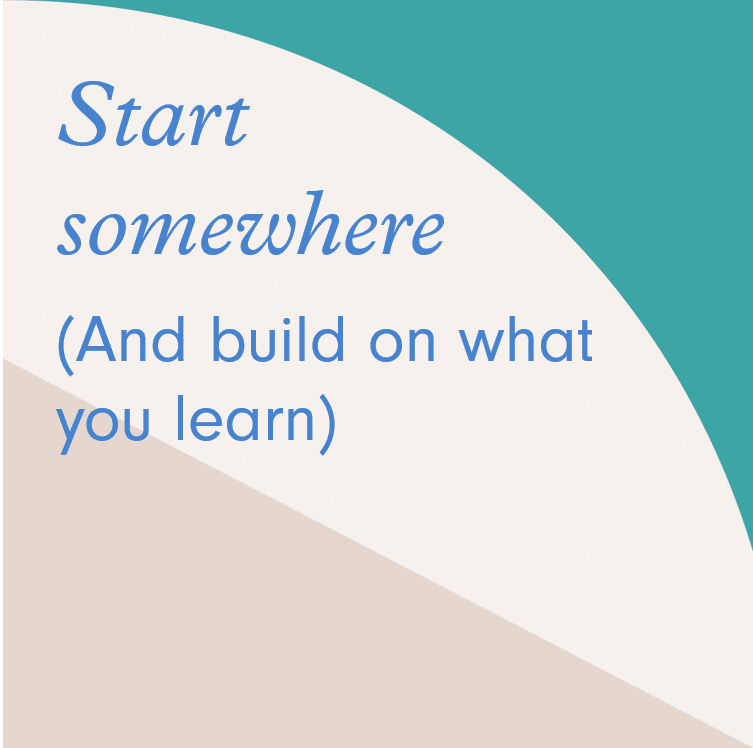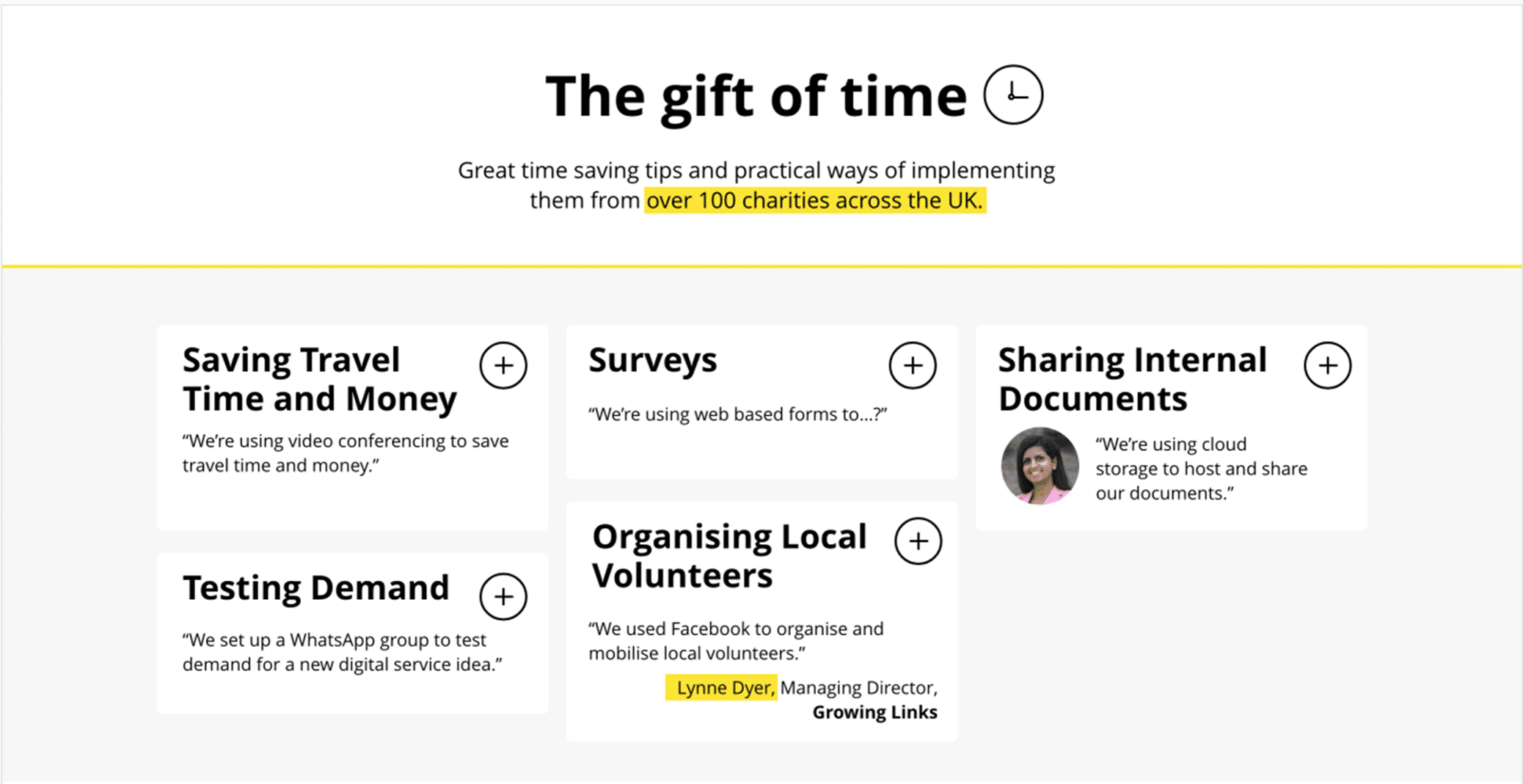
Using tech
Tips, advice and stories of how charities are embracing digital, and suggestions for how funders can support them.
What does ‘tech’ mean?
If you’re a charity, digital can be a daunting challenge. Here’s what ‘tech’ and ‘digital’ mean in practice:
- Basic access to hardware and infrastructure: broadband, smartphones, laptops
- Internal systems and processes to increase organisational efficiency: accounting systems, documenting sharing, etc.
- Flexible communication tools for service users and other stakeholders: e-newsletters, social media, video conferencing, online design tools
- Tech to support service delivery: databases, case management, web-based forms and surveys for data
- Digital-first products and services: mobile apps, virtual reality apps, medical devices
Where to start
Five suggestions for small voluntary organisations
Advice from other charities
Embrace tech as much as possible
- ‘Just go for it and try it out’
- ‘Embrace the tech available at the level you want it’
- ‘Embrace it as much as you can with the capacity you have’
- ‘Don’t fear tech …’
Be strategic, start with a purpose, and actively manage the introduction of tech
- ‘Think about its purpose before implementing something that looks good’
- ‘Have a good project manager and have a good understanding of full costs’
- ‘Just because it’s popular, doesn’t mean it’s right for your service’
- ‘Don’t do too much at once’
- ‘Spend a lot of time trying to find the right solutions’
Allocate resources
- ‘It’s important not to underestimate the time and financial implications of researching, purchasing and implementing’
- ‘There is no gain without some initial pain … but the benefits are enormous’
- ‘Budget, but be prepared for delays and additional costs’
- ‘Give it enough time – tweaking and improving it takes time’
- ‘Allocate resources to training staff and implementing tech’
Seek advice and support
- ‘Be open to asking for help and advice’
- ‘Get the right advice for your particular service as “one size fits all” does not work’
- ‘It’s important to speak to other, similar organisations to obtain help and advice’
Resources
We’ve compiled resources to help small voluntary organisations on their tech journey.
Catalyst Live and Online Storytelling Service
Click here to see how you can map your response to change using digital and tech approaches.
[btn url=”https://www.thecatalyst.org.uk/posters/live-and-online-storytelling-service” style=”primary”]Catalyst ‘Live and Online Storytelling Service'[/btn]
NCVO digital and technology resource page
Click here for a useful resource page to plan and support your approaches with content on leadership; strategy; designing activities; services and products; funding; accessibility; data insights; cybersecurity, and communications.
[btn url=”https://beta.ncvo.org.uk/help-and-guidance/digital-technology/” style=”primary”]NCVO digital and technology resource page[/btn]
Hybrid working by DigiLeaders
Click here to read Zoe Amar’s tips on how to approach hybrid working.
[btn url=”https://digileaders.com/how-to-make-the-right-decisions-about-hybrid-working/” style=”primary”]Hybrid working by DigiLeaders[/btn]
#BeyondTheRules blog by Dark Matters Lab
Click here to read the #BeyondTheRules blog by Dark Matters Lab, exploring practical tools for a new type of organising, with the purpose of creating ‘public good’.
[btn url=”https://provocations.darkmatterlabs.org/beyondtherules-e3ab44f0dc3″ style=”primary”]#BeyondTheRules blog by Dark Matters Lab[/btn]
Catalyst ‘Success Stories’ feed
Click here to be inspired by the successful tech stories by other organisations and to submit your own!
[btn url=”https://www.thecatalyst.org.uk/case-studies” style=”primary”]Catalyst ‘Success Stories’ feed[/btn]
Third Sector Forum
Click here to see a list of groups for support with digital, service design, data, communications, marketing, social media and fundraising.
[btn url=”https://www.thirdsectorforums.co.uk/” style=”primary”]Third Sector Forum[/btn]
Catalyst resources page
Click here for your one-stop shop for all the tech and digital resources out there for voluntary organisations.
[btn url=”https://www.thecatalyst.org.uk/resources” style=”primary”]Catalyst resources page[/btn]
Funders collaborative hub by ACF
Click here to learn about the initiative that enables increased understanding, closer alignment, and opportunities for funder collaboration in response to Covid-19. It aims to enhance the effectiveness and impact of individual and collective responses by funders.
[btn url=”https://www.funderscollaborativehub.org.uk/” style=”primary”]Funders Collaborative Hub[/btn]
Catalyst’s transition
Click here for more information on how Catalyst is changing.
[btn url=”https://www.thecatalyst.org.uk/news/were-changing#” style=”primary”]Catalyst’s transition[/btn]
With funds and time tight, don’t reinvent the wheel, use the experiments of other small charities and experts to guide decisions and involve service users in testing.
How funders can help charities with tech
Develop your digital literacy
If you want to be an effective funder of small organisations, you need to develop your digital literacy or to partner with organisations that can provide this expertise.
Recognise best practice
Ensure assessment processes do not disadvantage the iterative nature of digital development, and work to ensure assessment structures and decisions reward recognised best practice (such as Better Digital Services and the Charity Digital Code). That means treating digital confidence and competence as a ‘must have’ rather than a ‘nice to have’.
Accept learning and changes as a necessary part of developing digital services
Become familiar and confident in processes that manage risk and minimise waste in digital projects. This confidence includes accepting learning and change as a necessary part of developing services in a digital context – build flexibility and support into your processes, systems and reporting.
Accept learning and changes as a necessary part of developing digital services
Failure as part of learning is a positive – as long as it is in pursuit of charitable goals.
Support infrastructure, training and experimentation costs
Think seriously about how you might support the infrastructure, training and experimentation costs associated with ‘digital transformation’ in small organisations, in order for them to be resilient and fully able to respond to the changing needs of their communities. Small organisations cannot be expected to take a leap forward without proper, flexible support.
Talk about tech and share knowledge
Funders can develop and share knowledge about tech and its use, and, where appropriate, help to stimulate small voluntary organisations to experiment more. Talking about specific examples of use is central to broadening the horizons of what’s possible and appropriate in different contexts. Facilitating spaces for these conversations enables both small voluntary organisations and funders to learn and develop together.
Responding to change
Key points for small charities
Covid-19 forced charities to experiment with tech. For many, this enabled them to become more accessible and relevant to their communities, and to explore new ways to tackle the digital divide. We followed the journeys of four charities responding to Covid-19 through digital.
- Everything now includes a digital or tech element – and many charities are leading the way
- We know digital is not always inclusive – how can we start to change that?
Covid-19 has forced small charities to respond to change by using tech
Small charities have come up with bold, creative and thoughtful ways to maintain contact with users digitally. They followed digital best practice in reusing what’s out there, as well as testing and tweaking as they go. By responding in this way, charities have proven that digital is indeed possible – and sometimes even preferable.
How can I do this?
How can I do this?
- Take time out to understand the existing digital habits and preferences of the people your organisation supports, as well as those of your own team. What devices and tools do they have access to and use already? How do they use them? What might they be comfortable with trying, given a little support?
- Experiment with new tools and delivery models. Focus on the smallest, quickest or cheapest step you can take to test something new and see if it works for people. Take a look at what you already have that can be adapted. Follow best practice digital service design principles.
Everything now includes a digital/tech element – and many charities are leading the way
Many small charities have been driving new practice around what inclusive, human connection-focused and responsible use of digital looks and feels like.
How can I do this?
- Be bold and experiment with new tech. Don’t wait for a global pandemic to try new things!
- Set a clear objective for your tech project.
- See whether a tech product that will meet your needs is already available. Unless you are doing something unusual, off-the-shelf will often give you what you need at a reasonable price. There are countless free tools you can reuse, many of which require no coding knowledge at all, and also other charities’ services you could repurpose.
- Test, trial and pilot new tech before you implement it fully.
- Reach out to other charities to seek advice and share learning about tech.
We know digital is not always inclusive – how can we start to change that?
The pandemic has magnified the digital divide – small charities have been trying to find ways of resourcing blended service models that offer choice and cater for a wide spectrum of digital access and confidence levels. While concerns over digital exclusion have led to some hesitancy over the use of tech, charities understand that achieving digital inclusion can unlock people’s access to a vast array of services and resources.
How can I do this?
- Understand the particular barriers to tech access and adoption faced by your community.
- Incorporate a digital inclusion objective when designing activities and services that use tech. There are many resources and specialist organisations that can help.
- Advocate for public policies that overcome digital exclusion, such as #FixTheDigitalDivide and #ClickZero.
We believe these granular insights into how small charities have embraced digital tech over the pandemic complement broader work around how digital tools and approaches are used by the sector. We hope this supports both charities’ and funders’ thinking about the role of tech – for their own organisations and the sector as a whole.
Annie Caffyn, Researcher at IVAR and Ellie Hale, Catalyst Producer at CAST





